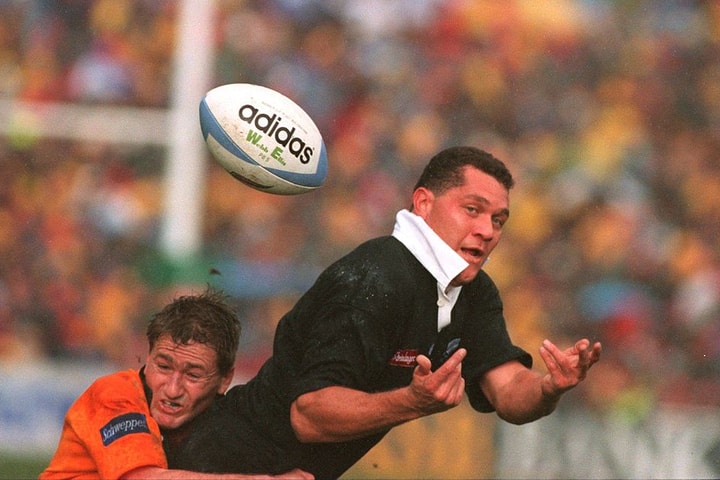Remembering the 1924 all blacks
In any discussion of the greatest men's international rugby teams of all time, there are a number of sides that get a mention. Both Richie McCaw and Siya Kolisi have led their sides to back-to-back Rugby World Cup success. England's all-conquering 2003 side are a favourite in England. And the red -shirted 1970s sides of Wales and the British and Irish Lions are full of players revered to this day. Those in the know, however, namecheck a side whose credentials in many ways surpass all others…the Invincibles.
The All Blacks were already a known quantity in 1924. Their touring predecessors, the 1905 Originals, had arrived in Britain with little reputation but left having brought almost the entire northern hemisphere to heel. Since then they had recorded a series victory over the British side in 1908 and earned a series draw with South Africa in 1921.








